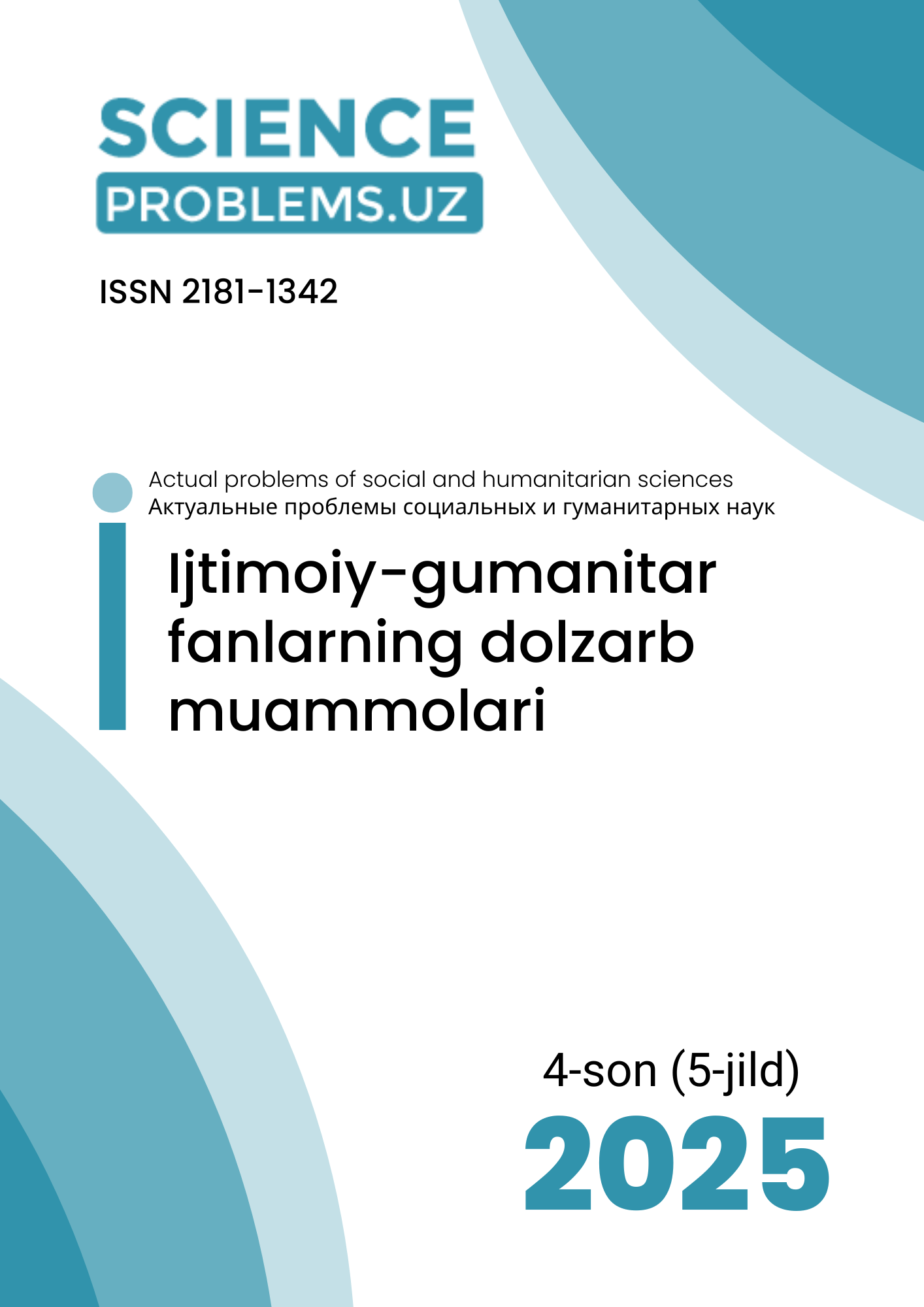METHODOLOGY OF CONDUCTING THEORETICAL CLASSES IN THE DISCIPLINE “THEORY AND METHODOLOGY OF PHYSICAL CULTURE”
DOI:
https://doi.org/10.47390/SPR1342V5I4Y2025N69Keywords:
physical education, theoretical lessons, interactive methods, traditional lectures, higher education, students, comprehension, engagement, testing, pedagogy, multimedia technologies, case methods, active learning, teaching methodology, motivation.Abstract
In modern higher education, improving the methodology of teaching theoretical disciplines, including “Theory and Methodology of Physical Culture” is of particular importance. This study is dedicated to examining the effectiveness of various methods for conducting theoretical classes in the discipline “Theory and Methodology of Physical Culture” in higher educational institutions. The aim of the study is to assess students' level of comprehension of lecture material when using both traditional and interactive teaching methods.
A total of 117 students participated in the study, divided into two groups: one was taught using the traditional method, while the other received instruction through interactive methods (group discussions, multimedia technologies, case methods). The final test results showed that the average score of students taught using interactive methods was 19.6% higher than that of students who attended traditional lectures. Additionally, it was observed that interactive approaches significantly increased student engagement and participation in lessons. The findings confirm the necessity of revising the methodology for teaching theoretical lessons in physical education. The use of interactive learning forms enhances students' academic performance, interest in lessons, and professional training levels.
References
1. Turdimurodov, D. (2024). Talabalarda jismoniy tarbiyaga bo‘lgan motivatsiyani shakllantirish xususiyatlari. Журнал «Вестник физической культуры и спорта» Нукусского филиала Узбекского государственного университета физической культуры и спорта, 1(2), 135-140 b.
2. Turdimurodov, D. (2024). Maktabgacha yоshdagi bоlalar jismоniy tarbiyasining pеdagоgik shartlari. Ижтимоий-гуманитар фанларнинг долзарб муаммолари Актуальные проблемы социально-гуманитарных наук Actual Problems of Humanities and Social Sciences., 4(S/9), 570-575.
3. Turdimurodov, D. Y. (2025). Organization of physical education for students of higher education institutions. American Journal of Modern World Sciences, 2(3), 92-99.
4. Абдуллаев, Я. М. (2012). Развитие физического воспитания подрастающего поколения в непрерывном образовании. Молодой ученый, (11), 381-383.
5. Шавелев Х. Э., Соколенко Л. С. Инновационные модели подготовки соискателей высшего образования в сфере физического воспитания и спорта. Академические видения. - 2023. № 17. 43-47 b.
6. Соколенко Л. С. Интеграция новейших методик преподавания физического воспитания в высших учебных заведениях с использованием технологий для дистанционного обучения. Академические видения. - 2023. № 20. 77-80 b.
7. Лоза Т. О. Обоснование необходимости внедрения инновационных технологий в процесс физического воспитания студенческой молодежи. Педагогические науки: физическое воспитание и спорт. - 2021. № 2. 232-236 b.








